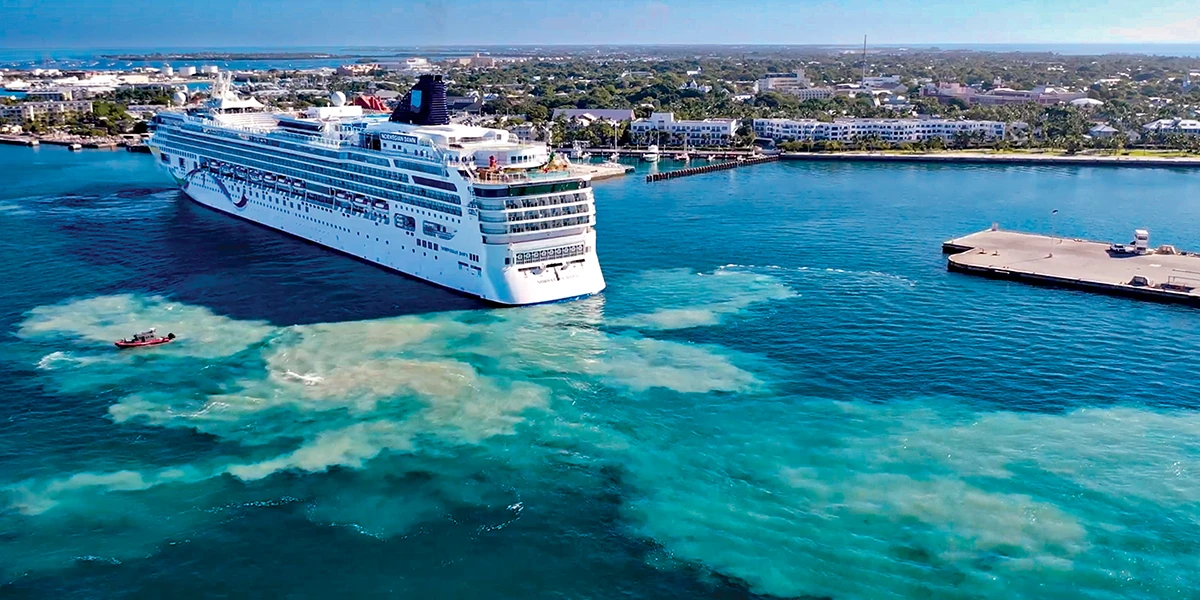Clipperton: A Plastic Paradise
A little dot in the Pacific, Clipperton is surrounded by coral reefs and encloses a stagnant lagoon. Despite looking like paradise, Clipperton is being invaded by plastic.
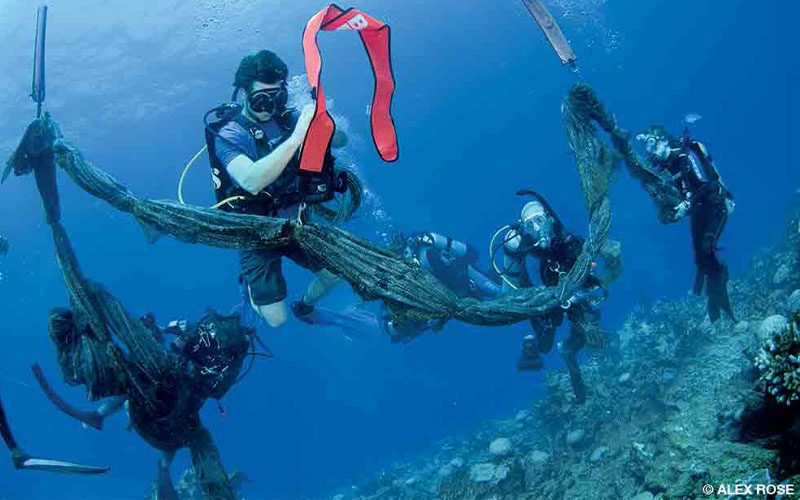
A little dot in the Pacific, Clipperton is surrounded by coral reefs and encloses a stagnant lagoon. Despite looking like paradise, Clipperton is being invaded by plastic.

SEAFOOD HAS LONG BEEN AN INTEGRAL PART of the human diet, and some people consider it to be an inexhaustible food source. Fish-finding sonar, satellite locating systems, 100-mile-plus longlines with […]
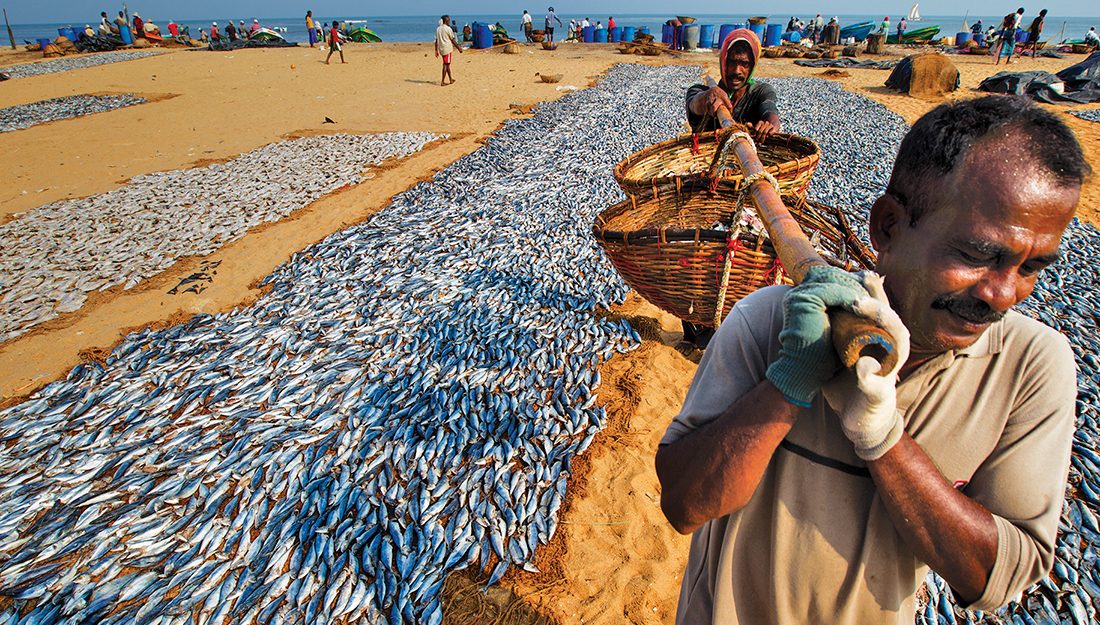
MARITIME TRANSPORT HAS MORE TO DO WITH CORAL DISEASE than you might think. Just like most animals, corals can get diseases. Researchers first recognized coral disease in the early 1970s. […]
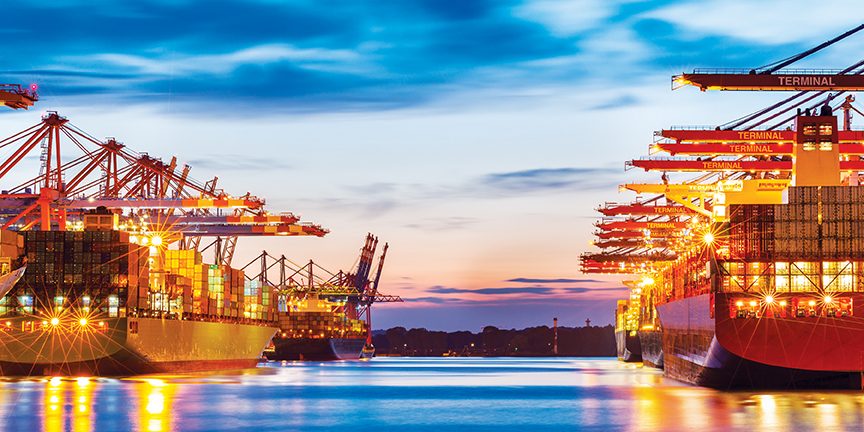
Colombia has some of the strictest illegal fishing laws in the world, but people still need to stand up and enforce them. Erika Lopez has taken on the role of guardian of Malpelo, an island 314 miles (506 kilometers) west of Colombia.
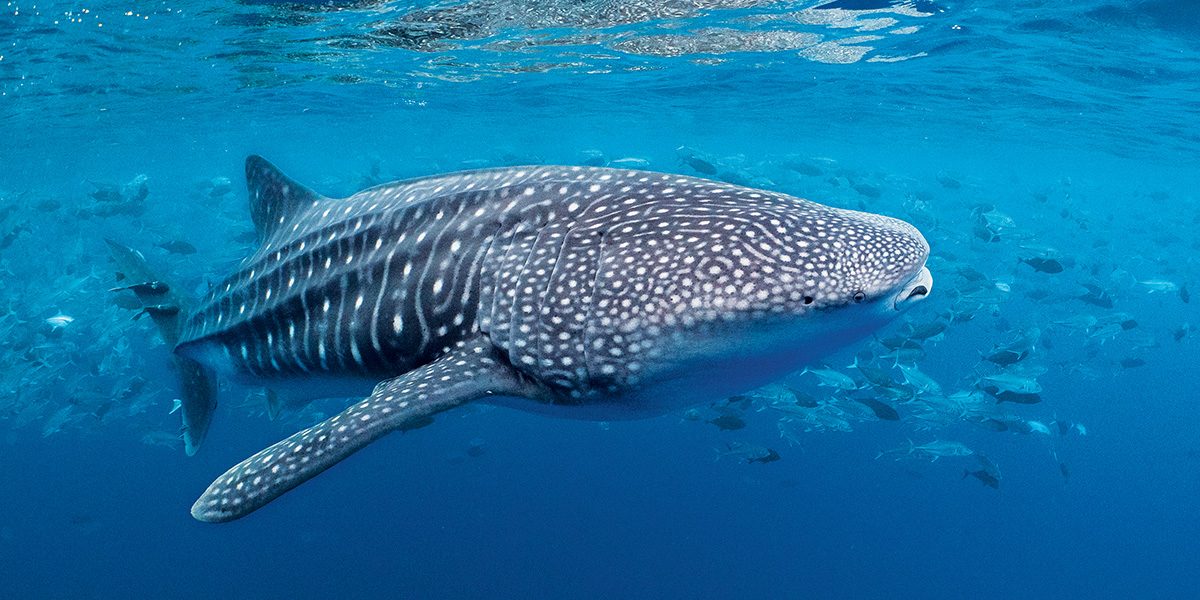
Sometimes the tiniest critters can pack the greatest punch. Phytoplankton, which are unicellular microalgae, can cause mass mortalities of animals such as dolphins and manatees and be the source of serious human illness.
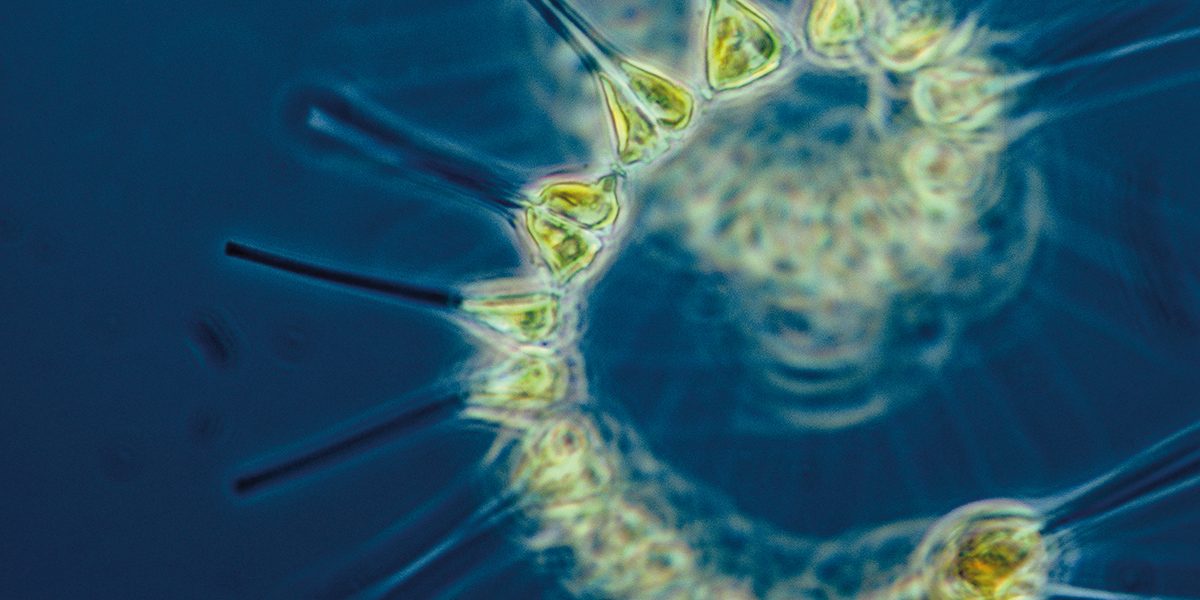
Maintaining a respectful distance from potentially harmful species underwater is a tenet of good recreational diving and a frequent topic of charter boat predive briefs. But those venomous fish you have learned to avoid might save your life someday.
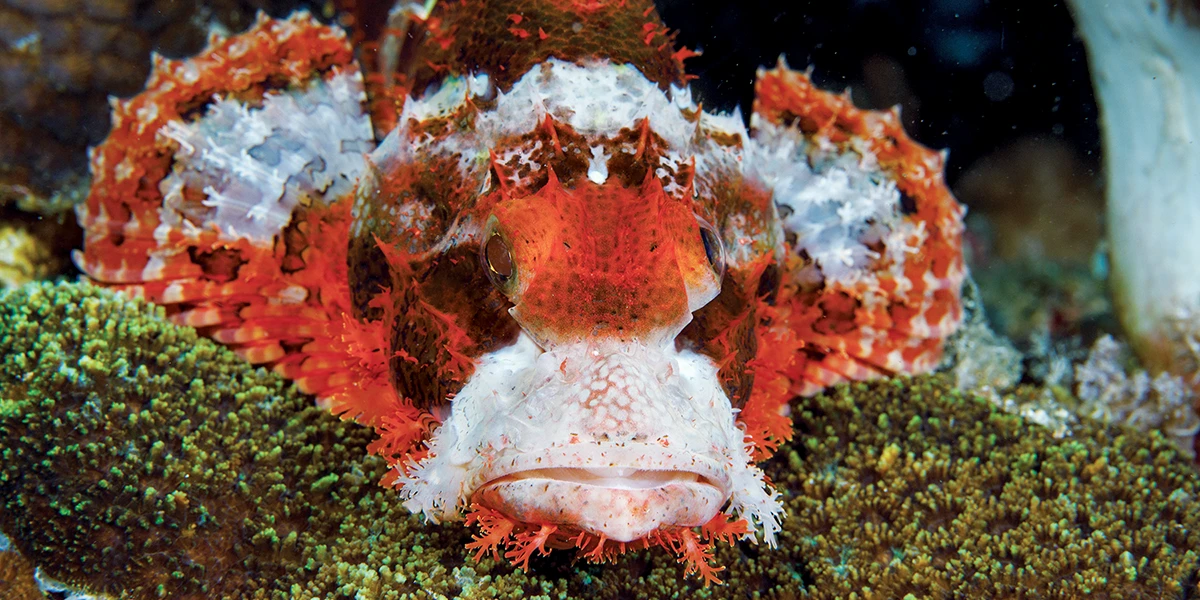
Though I believe rewilding coral reefs is a valuable approach, it requires a strong, established foundation of good old-fashioned marine conservation. I view reef rewilding as a tertiary marine conservation strategy that we should attempt only after the fundamentals of an effective marine conservation strategy (often anchored with a well-managed marine protected area) are in place.
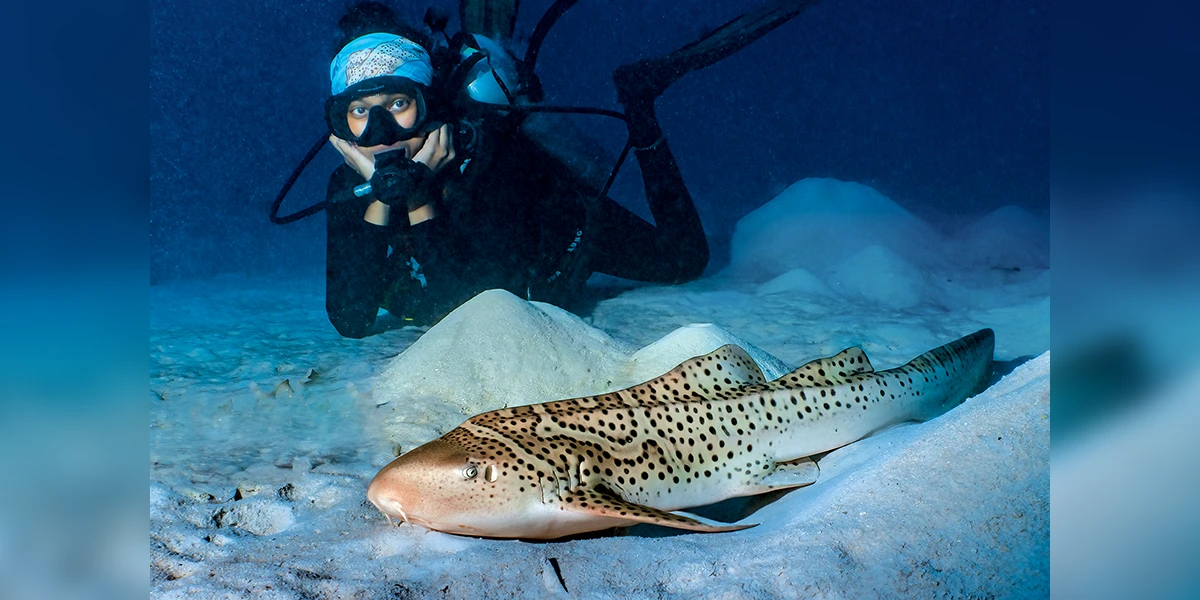
Cuba is a hard-to-get-to dive destination from the United States. However, other divers from across the globe have been able to explore Cuba. Read more about diving in Cuba.
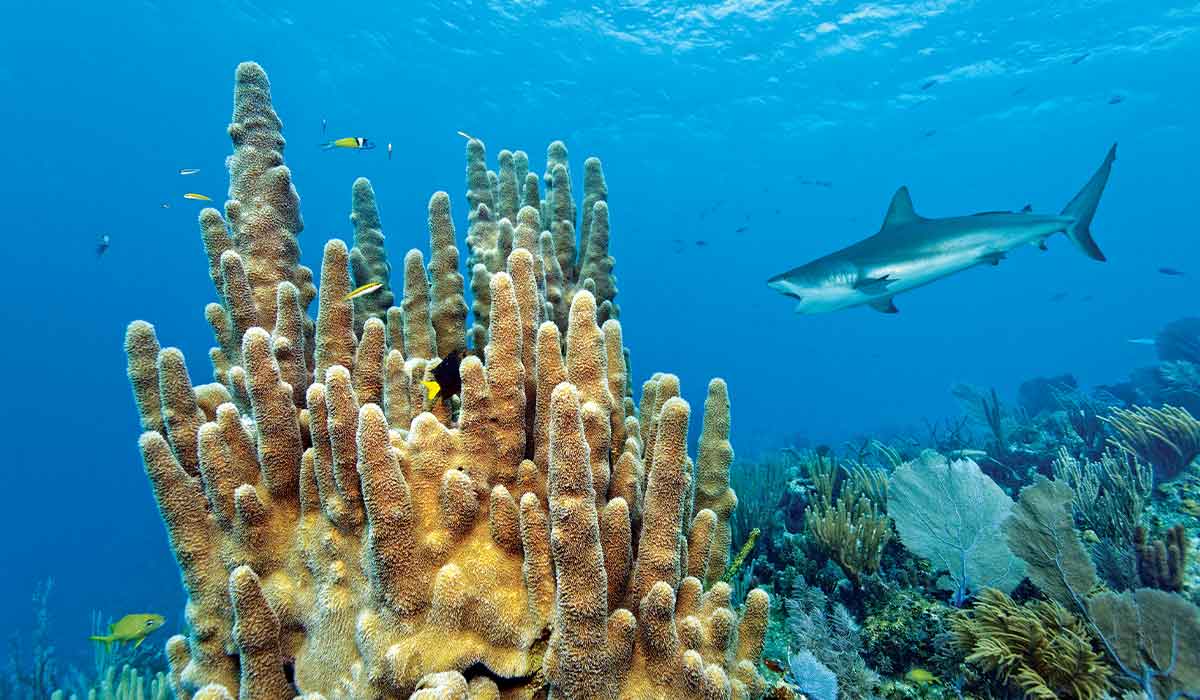
Many divers top off a trip to the Southern Red Sea by watching a rotund dugong snuffle through seagrass meadows in about 25 feet (7.6 meters) of water.
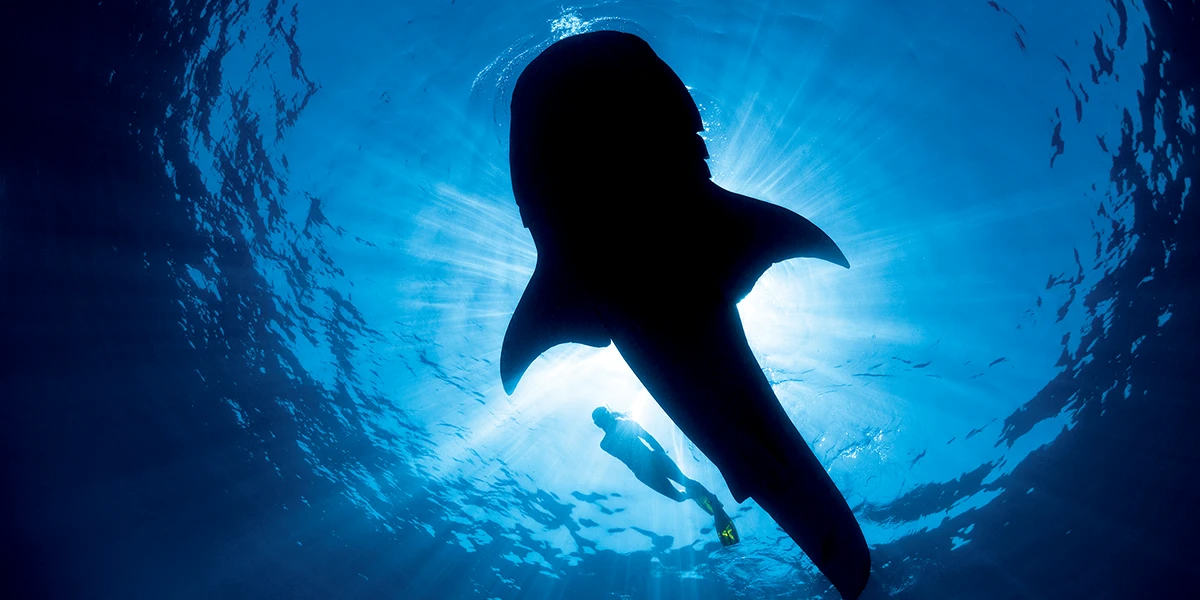
Coral reefs are facing many environmental challenges, and cruise ships are a major contributor. One of these ships’ greatest impacts is starting to muddy the water.
